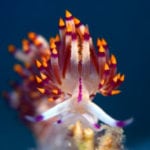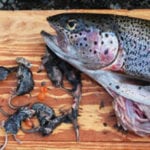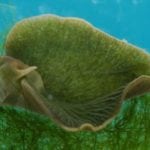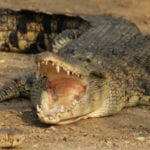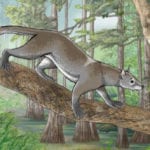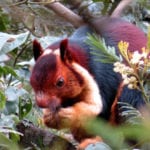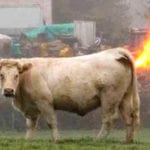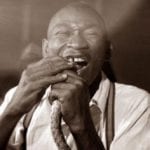 Mysteries
Mysteries  Mysteries
Mysteries  Creepy
Creepy 10 Scary Tales from the Middle Ages That’ll Keep You up at Night
 Humans
Humans 10 One-of-a-kind People the World Said Goodbye to in July 2024
 Movies and TV
Movies and TV 10 Holiday Movies Released at Odd Times of the Year
 Politics
Politics 10 Countries Where Religion and Politics Are Inseparable
 Weird Stuff
Weird Stuff 10 Freaky Times When Famous Body Parts Were Stolen
 Miscellaneous
Miscellaneous 10 Interesting Things Manufacturers Stopped Making and Why
 Gaming
Gaming 10 Funny Tutorials in Games
 History
History 10 Fascinating Little-Known Events in Mexican History
 Facts
Facts 10 Things You May Not Know about the Statue of Liberty
 Mysteries
Mysteries 10 Devastating Missing Child Cases That Remain Unsolved
 Creepy
Creepy 10 Scary Tales from the Middle Ages That’ll Keep You up at Night
 Humans
Humans 10 One-of-a-kind People the World Said Goodbye to in July 2024
Who's Behind Listverse?

Jamie Frater
Head Editor
Jamie founded Listverse due to an insatiable desire to share fascinating, obscure, and bizarre facts. He has been a guest speaker on numerous national radio and television stations and is a five time published author.
More About Us Movies and TV
Movies and TV 10 Holiday Movies Released at Odd Times of the Year
 Politics
Politics 10 Countries Where Religion and Politics Are Inseparable
 Weird Stuff
Weird Stuff 10 Freaky Times When Famous Body Parts Were Stolen
 Miscellaneous
Miscellaneous 10 Interesting Things Manufacturers Stopped Making and Why
 Gaming
Gaming 10 Funny Tutorials in Games
 History
History 10 Fascinating Little-Known Events in Mexican History
 Facts
Facts 10 Things You May Not Know about the Statue of Liberty
Top 10 Adorable Animals From Cartoons
For all the animal lovers, furry fans and artists. Why do we continue to watch cartoons into old age? A lot of it has to do with the adorable appearances of the animal characters. Everyone has their favorites, so there is bound to be disagreement with some of my choices. Please feel free to add your own in the comments (links to photos or video clips would be good too).
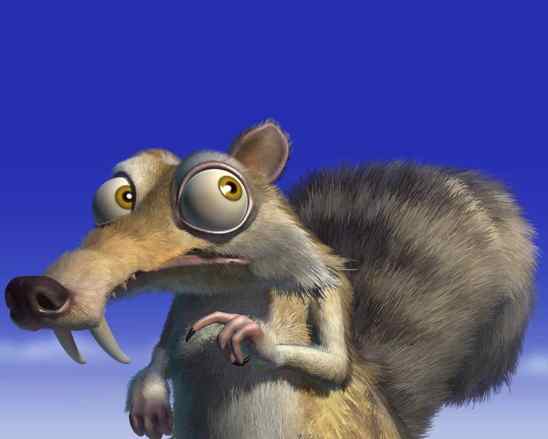
Scrat is a saber-toothed squirrel who is absolutely nuts for acorns. The films have their moments, but they succeed primarily because everyone wants to see Scrat’s more and more ridiculous attempts to acquire his cursed acorn and bury it. He’s never going to succeed, and his first attempt causes a gargantuan avalanche. He has made friends with a female flying squirrel, Scratte, only to give her up for the acorn (and then lose it). After a Noah-like flood in the second film, Scrat is drowned and wakes up in Heaven with the Dodo birds singing him to his rest. He walks through the gates to the Adagio from Khachaturian’s Spartacus (a masterful use of it) to see a giant acorn, but before he can dance over the clouds to it, he is sucked back to life by Sid the Sloth, whom he berates vehemently.
What makes him adorable? The eyes, of course, have the most to do with it. They are over-sized and make him look perpetually curious and excited, two of his most endearing traits. Self-deprecation is the easiest way to get genuine laughs, and Scrat can’t win for losing. The tail is long and fluffy, the cheeks are wide like a wolf’s, and give him a slight canine quality, and his voice, that of the first film’s director, Chris Wedge, is a tenor collection of squeaks, growls, guffaws and screams. Wedge claims to have been inspired by the voice of Eli Wallach as Tuco in “The Good, the Bad, and the Ugly,” at the end when Tuco is digging up the grave of Arch Stanton looking for gold. Next time you see the scene, listen for his voice. It’s very similar to Scrat digging for acorn hiding spots.
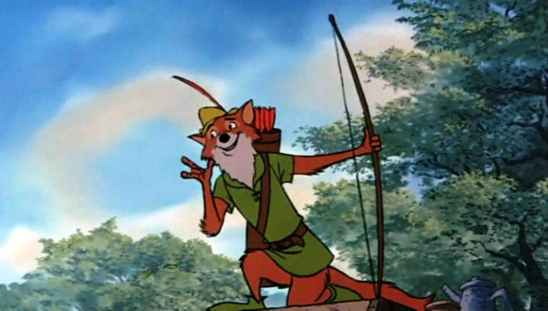
The idea of a fox as Robin Hood can be traced all the way back to the Reynard cycle, a collection of fables from Germany, France, the Netherlands and England, about a red fox named Reynard who is a sort of good-natured trickster figure. Walt Disney didn’t think Reynard would make a good hero, so Ken Anderson adapted the Robin Hood stories for animals. His voice is that of Brian Bedford, a fairly obscure, Shakespearian actor, but he does a fine job, and the film was unjustly panned by critics as stealing various scenes from Snow White, Aristocats and the Jungle Book, but that isn’t fair. Disney died in 1966 (unless you’re a conspiracy theorist), and his corporation suffered as a result. The production of Robin Hood was on a very tight budget, so the artists saved time and money every chance they got. Wouldn’t you?
What makes a fox adorable? The artists almost didn’t have to change anything: foxes are adorable and you can thank God or Nature for that. They look like a hybrid of a cat, a dog and a wolf, with a squirrel’s tail. They bark and yip, but you can tame them and they make perfect pets. They are the single most popular anthropomorphized animal in the so-called “furry” community, but let’s not go there. The artists simply gave Robin the perpetual “merry” smile of a bandit.
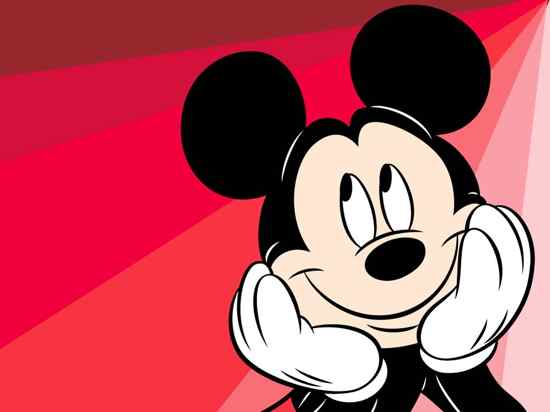
The most iconic character on this list, and while most of the other entries are of film characters, Mickey began as a short character. It was Walt Disney’s idea that children adore animals, so why not come up with an anthropomorphic animal in moving pictures whom children can love and wish were real so they could hug him. Made Disney a lot of money. He was the first voice of Mickey, and now all those who provide his voice model it after Disney’s vocalization: an ebullient, falsetto tenor.
The trick to making him adorable was to give him ears like frying pans, big eyes, a big smile and oversized, gloved hands, feet and some red shorts. He looks like every kid’s favorite playbuddy. The only thing he does more than speak is a laugh, and it’s quiet, bubbly and polite.
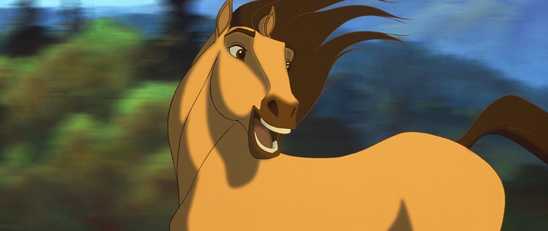
Horses have the largest eyes of all land animals, even larger than those of the next animal on this list. Not surprising, then, that they are frequent characters in cartoons. Eyes are where almost all the emotion comes out of a face. Eyes are what make an animal more human (at least in our opinion). Even if the animal never speaks, as is the case with Spirit the Mustang, the eyes can take care of everything. The smile is also important. Add this to the fact that horses are among the most photogenic animals on the planet, and the rest is a matter of technique.
Spirit is a wild horse, who grows up knowing nothing of humans, until he is caught by some evil post-Civil War soldiers, who take him away from his mother (shades of #3) to a frontier fort. They attempt to break him, but he simply will not be broken, and escapes with an Indian who loves him for what he is. He befriends the Indian’s horse, also adorable, who is then shot by the soldiers in a raid. Spirit escapes again with the Indian, and the colonel of the soldiers respects them and lets them go. Spirit’s new mare returns, having healed from her wound, and they run off and find his mother’s herd.
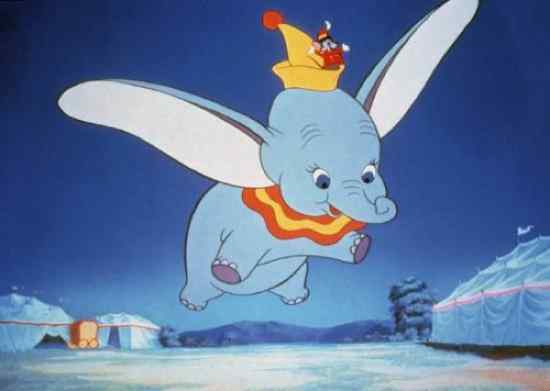
This lister may have seen this film some 200 times when he was a kid, every day after school, and an hour of silence from me was fine with my parents. Dumbo is the son of Mrs. Jumbo Elephant, and his gigantic ears make him the laughingstock of all the other elephants. You can see the Rudolph the Red-Nosed Reindeer similarity coming. He is forced to be laughed at and mocked by circus audiences as part of the clowns’ acts. Naturally, he is depressed, but he is befriended by a mouse named Timothy (a play on the fear elephants have for mice), who takes him to see his mother, who has been locked up in a train car. Humans are evil in these stories!
Timothy and Dumbo drink some water that has champagne in it, proceed to get drunk and have a now legendary nightmare of pink elephants on parade. They wake up in a tree and have no idea how they got up there, only to be greeted by a flock of wise-cracking crows. Together, they and Timothy teach Dumbo that he can fly, and he gets even with all his tormentors at the end, and is then reunited with his mother. It was especially difficult to make Dumbo an adorable animal, because for one thing, he has no fur. Fur immediately makes an animal cuddly, which is why more people have dogs and cats than snakes. But as is almost always the case, give your animals big eyes and a smile, and you’ve got a winner.
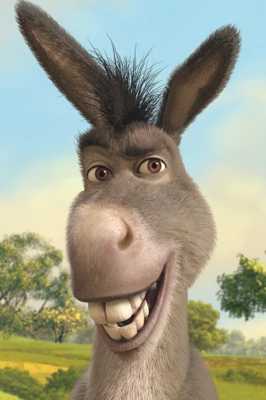
He’s an ignoramus, but that just makes him funnier, because he’s kind-hearted and loyal. He’s very small for a donkey, and the idea is, the smaller the animal, the cuter. Except for insects. But then there are cartoons about bugs. In the end, the eyes are where it’s at. Donkey’s eyes aren’t especially humongous, but they have all the expression necessary to make you love him. He also has gigantic ears. All the better to use for sadness or fear (lays them back), excitement or happiness (pops them up), etc. And buckteeth. All the better to smile at you with. Add Eddie Murphy in top form and you can’t lose.
Donkey meets up with Shrek the Ogre in the forest, and they become friends because they’re both outcasts. Donkey doesn’t care that Shrek is ugly, so when Shrek keeps him around, that’s what makes us fall in love with both of them. Donkey’s diminutive size forces him to walk with a faster leg movement and a bouncier gait to go with his eternally positive outlook.
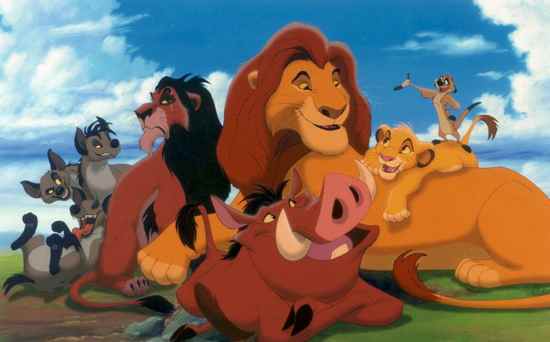
Hard to say which is the most adorable, so why not group them all into one entry? Even Scar. They’re majestic, sometimes terrifying, but always sumptuously beautiful to look at, and when Simba grows up, he has the perfect hair forever. The males are sleekly muscular, the females lithe and graceful, and this was the film that got this lister hooked on cartoons when he was 13. Lions are still among his top two favorite animals, the other being horses.
James Earl Jones never really had a choice. He had to be a voice in this film. After he read the script, he said he wanted to be Timone the Meerkat, because he was the funniest character. The producers laughed and thought he was joking. He sighed and took Mufasa, explaining, “It’s really no fun to have a voice like mine. I can’t tell jokes because Darth Vader has no sense of humor. I’m always the bad guy or a king.” It was a surprise to quite a few people that he wasn’t given the voice part for Aslan the Lion in the live-action Narnia films. Aslan qualifies as an animated character, and he is a notable omission from this list. But do you think of Jesus Christ as adorable?
Jeremy Irons steals the show as Scar, a particularly vicious villain in the Disney canon. He sets himself up as the Hitler of lions and hyenas, kills Mufasa, his brother, lets the whole Serengeti go to waste, and tries to kill Simba. Nevertheless, the artists made Scar just as adorable as the rest of them. Cats are popular pets. Give them big eyes, and furry paws that can pick things up just like human hands. Instant success.
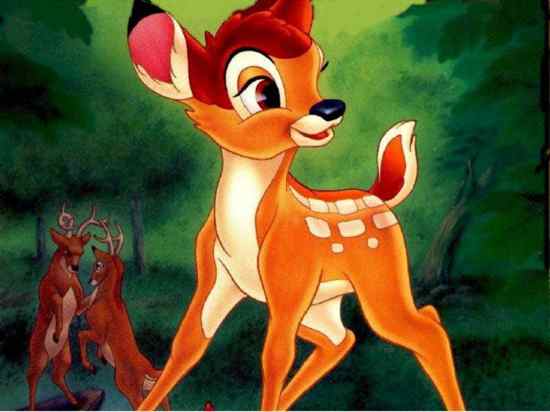
There’s a Far Side cartoon by Gary Larson that shows several woodland animals talking near a stream. The caption reads, “Every woodland creature on Earth knows where it was and what it was doing the moment Bambi’s mother got shot.” Generation after generation of young children lose their innocence when they see this film. The lister lost his when he saw Artax drown in the Swamp of Sadness in The Neverending Story. Children screamed at that scene, as they do when Man, the all-time villain of anthropomorphic animals, hunts and kills Bambi’s mother.
But on the bright side, she went to Heaven, and Bambi will, too. Cheer up. As a fawn, he is so cute it’s illegal. Brandy-colored eyes almost as big as his face, with flowing eyelashes, a perpetual, innocent smile from a dainty mouth, great big, flicking ears. He’s practically the mascot of anti-hunting organizations. And a tip of the hat to his two best friends, Thumper, a rabbit, and Flower, a skunk. It’s very difficult for any animated film to get more adorable than this one.
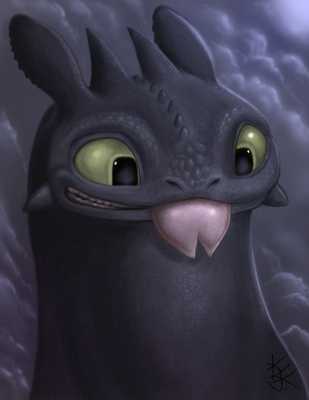
The inspiration for this list, and the lister tried his best to put him at #1, but just couldn’t. That’s not to take anything away from Toothless. He’s a superlative best friend to have, and the only other non-furry animal on this list. When we first see him, he’s trussed up in a bola that Hiccup Horrendous Haddock, III has fired at him. Hiccup finds him and tries to kill him to gain favor with his father, king of the Vikings. but he just can’t bring himself to do it. Toothless looks terrified and helpless.
So he cuts him free and Toothless pins him down, roars at him, then lets him go. A sign of thanks. So begins an unlikely friendship that forces every single character in the story, except for the monstrous dragon at the end, to change his or her mind. The Vikings learn to love the dragons, and the dragons learn to love the Vikings. Toothless is a marvel of artistry. He is a hybrid of a snake, a cat, a horse, an owl and a bat. They gave him scaly shields behind his head which he can flick up or out like ears to indicate his mood. These make him look a lot like a Great Horned Owl. They are not his ears, though. His ears are below these flaps and stick out like a cat’s.
He learns to smile by watching Hiccup, and his eyes are unbelievably enormous. Why? Probably to compensate for his reptilian nature. Snakes aren’t exactly cuddly to most people, so they gave Toothless huge, amber cat eyes, a cat nose, and the cavernous breathing of a horse. The scene when Hiccup brings him his first fish to make friends is one of the finest 4 minutes without dialogue in the history of film.
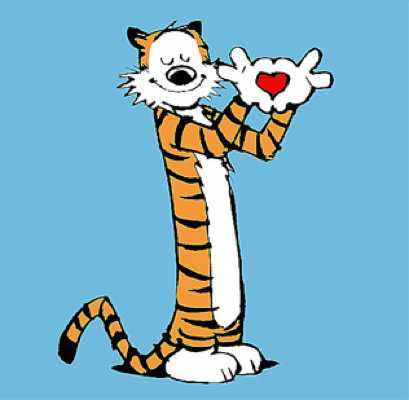
There are lots of animal characters, anthropomorphic and non, in the comic strips, but none was ever as thoroughly developed into a humanoid character as Calvin’s pet, talking tiger, Hobbes. Bill Watterson named him after Thomas Hobbes, the 17th Century philosopher who had a very low opinion of humanity, as Hobbes does. Calvin was named after John Calvin. Calvin and Hobbes get in fights almost every week in the comic strip, but always remain best friends afterward. How can you not be best friends with a warm, purring tiger who could maul you, but just chooses, most of the time, not to?
Hobbes is also Calvin’s conscience. Calvin does a lot of mean things, like drop bowling ball-size snowballs on Susie Derkin’s head, throw tomatoes at his mom, lock his babysitter Rosalyn out of the house, and Hobbes is always there to make sure he doesn’t go too far. When it comes to the adorable, there really isn’t anything better in all of literature than being hugged by a tiger when you’re really sad.
